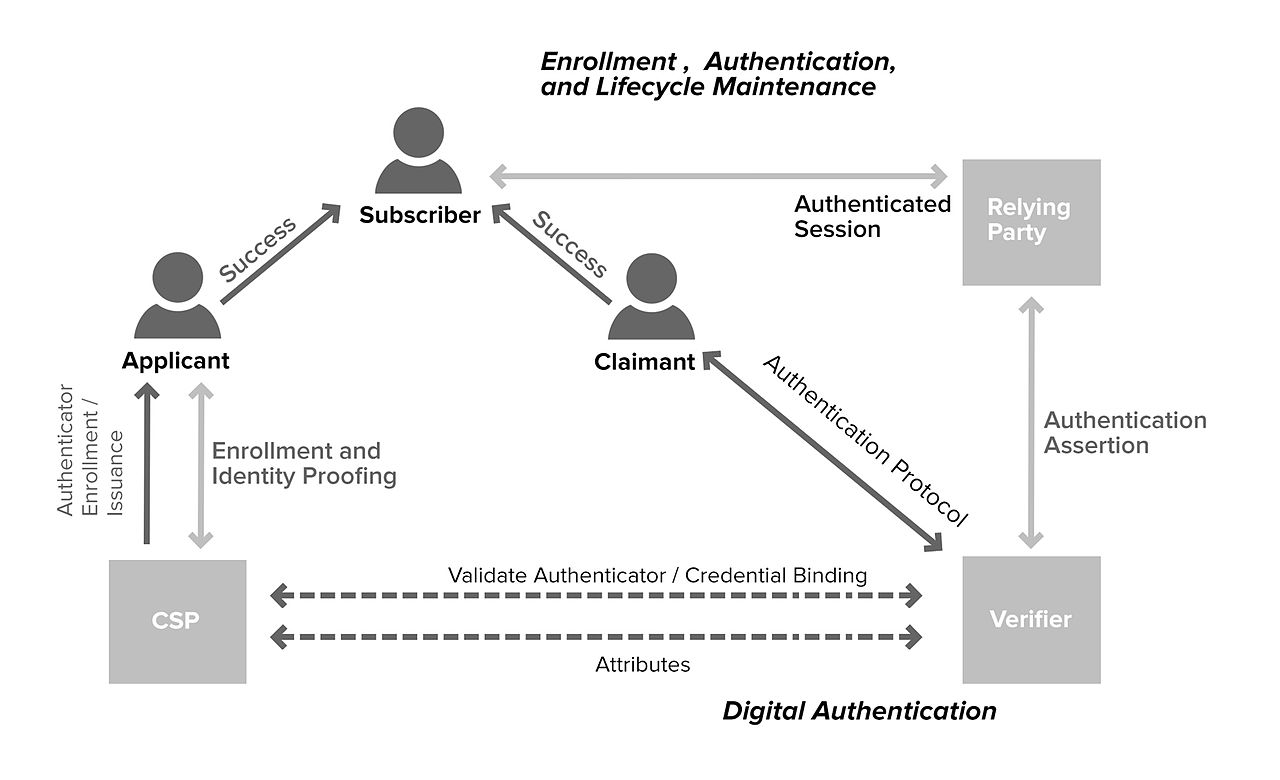How to Secure Your Website : Authentication and Encryption
Public Web servers often support a range of technologies for identifying and authenticating users with differing privileges for accessing information. Some of these technologies are based on cryptographic functions that can provide an encrypted channel between a Web browser client and a Web server that supports encryption. Without user authentication, organizations will not be able to restrict access to specific information to authorized users. All information that resides on a public Web server will then be accessible by anyone with access to the server.






